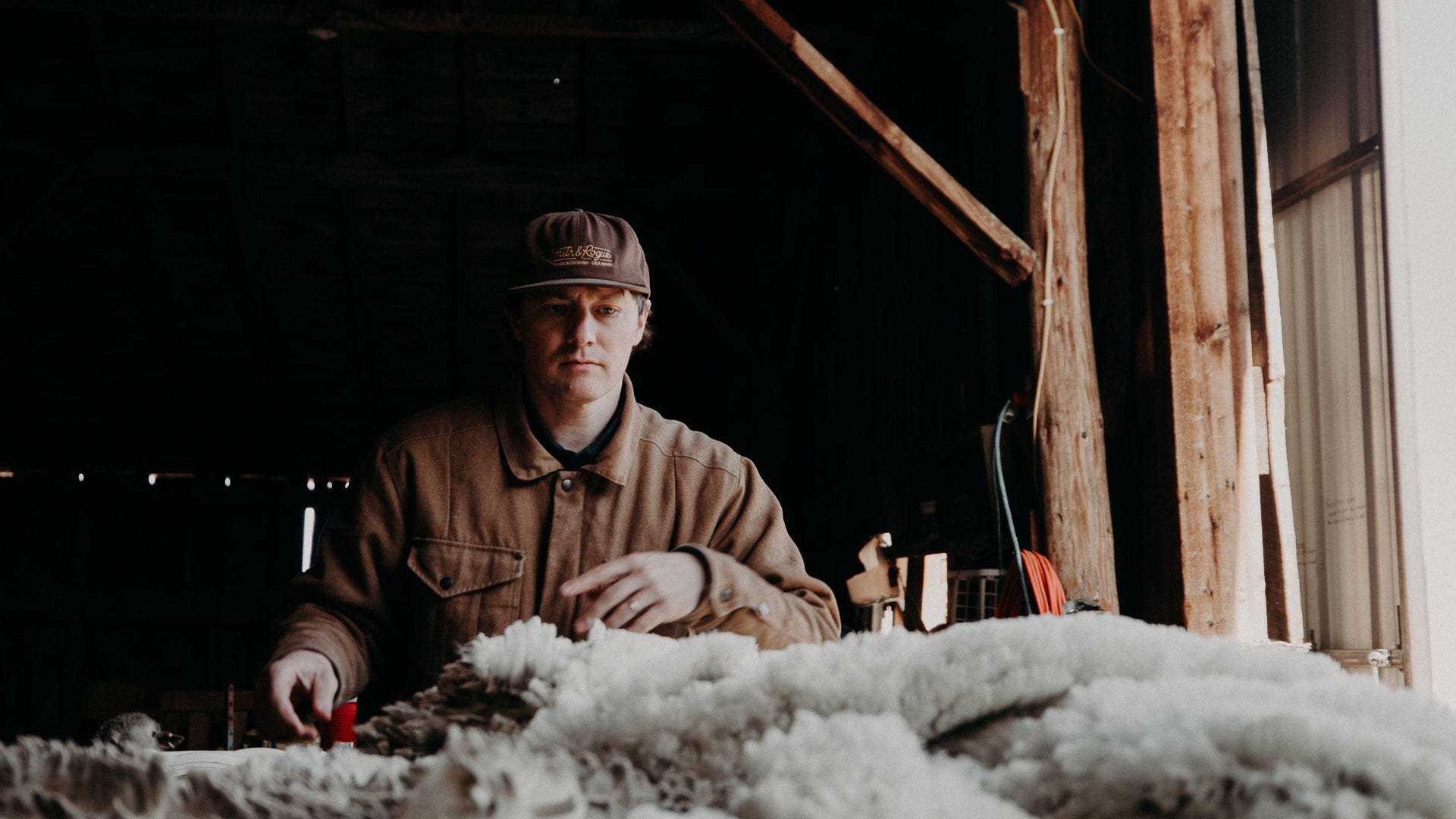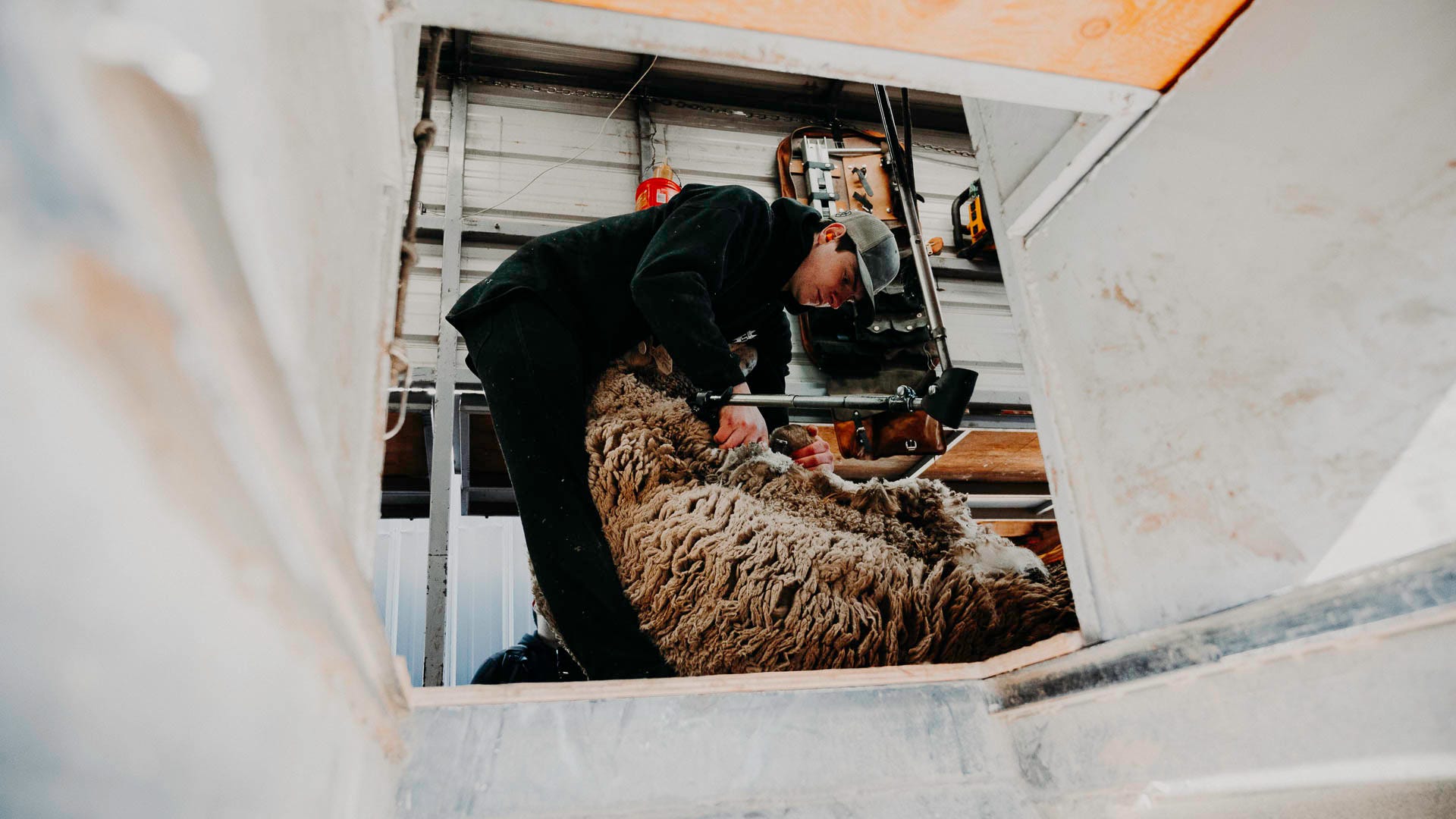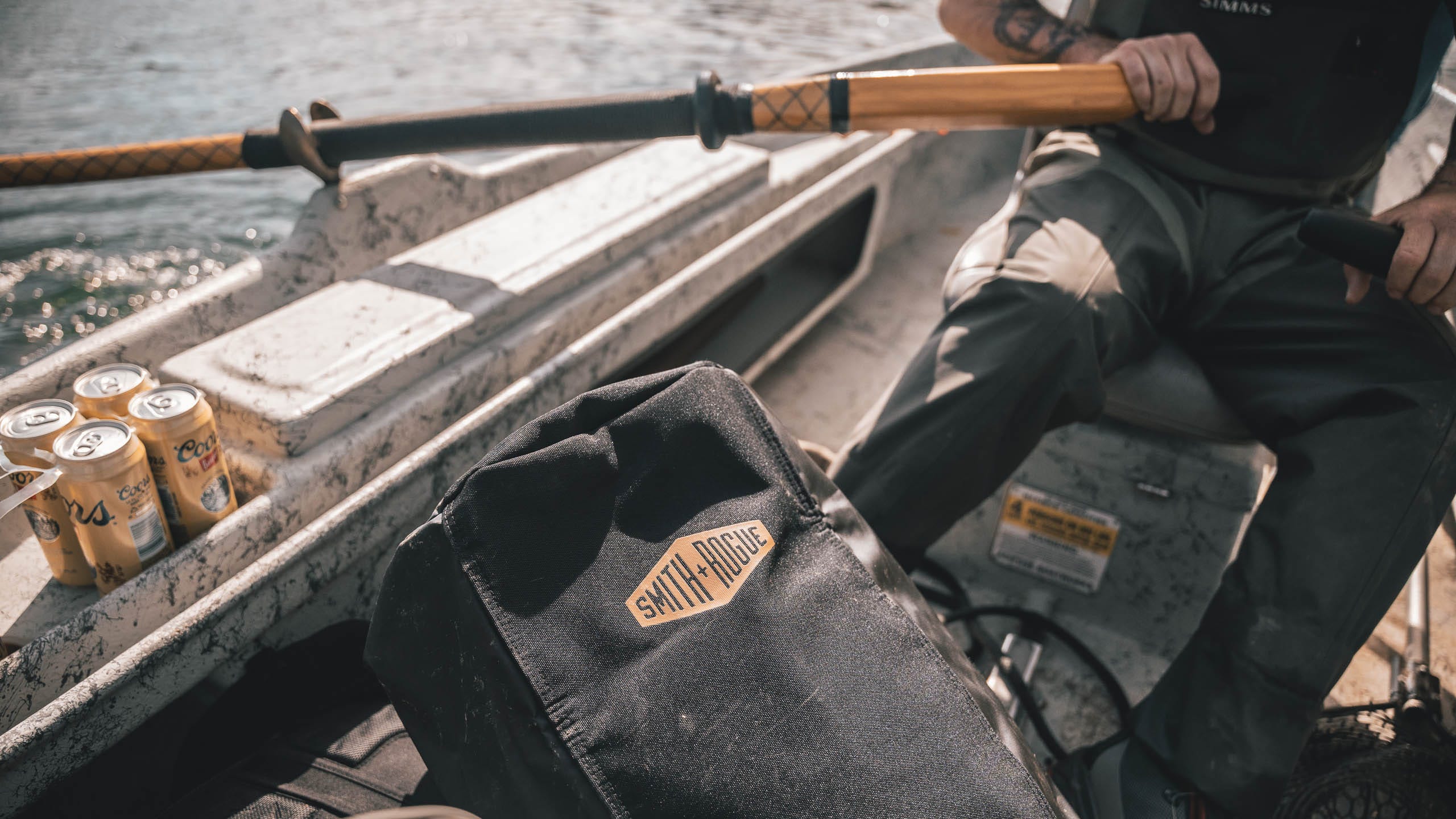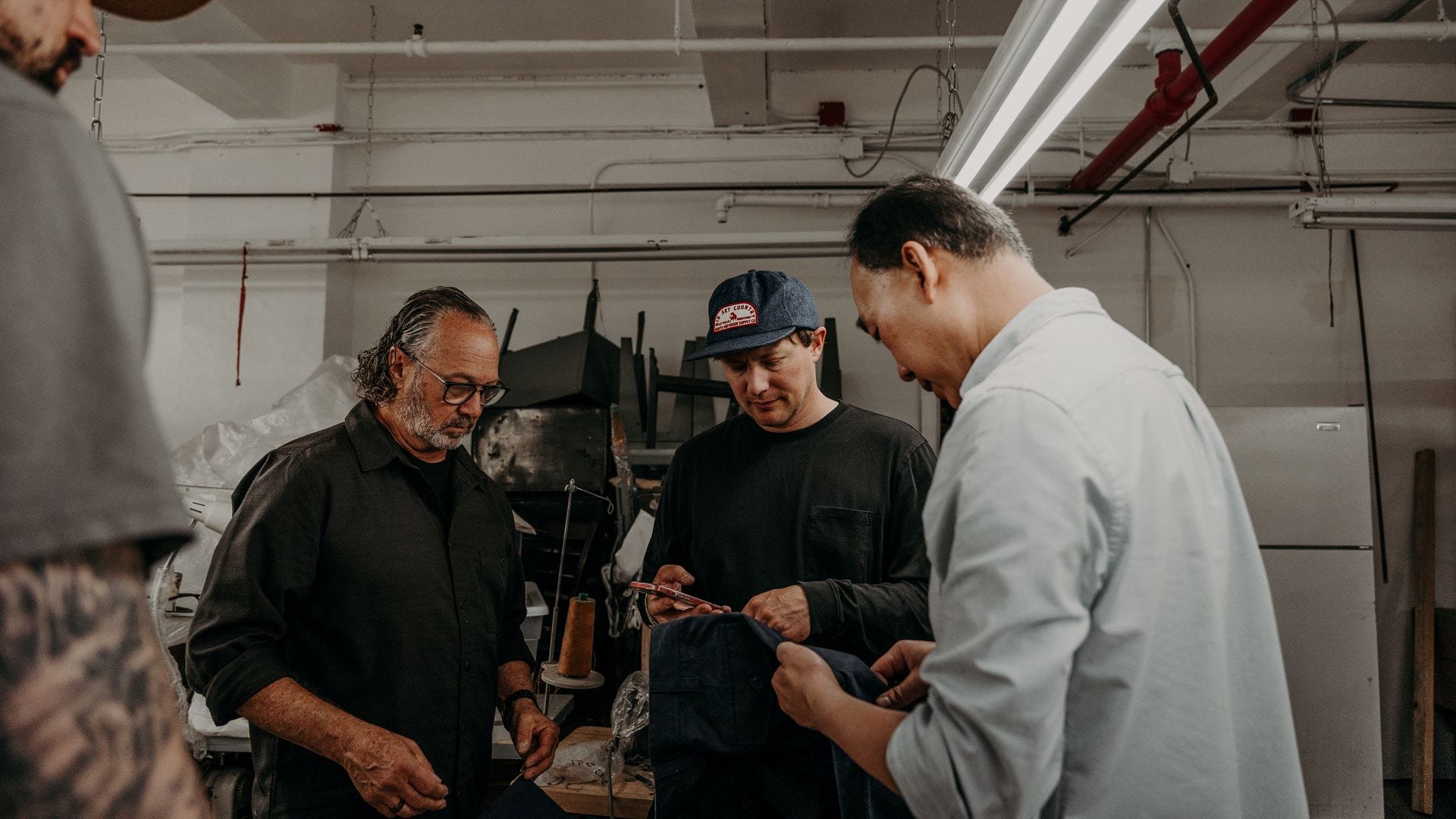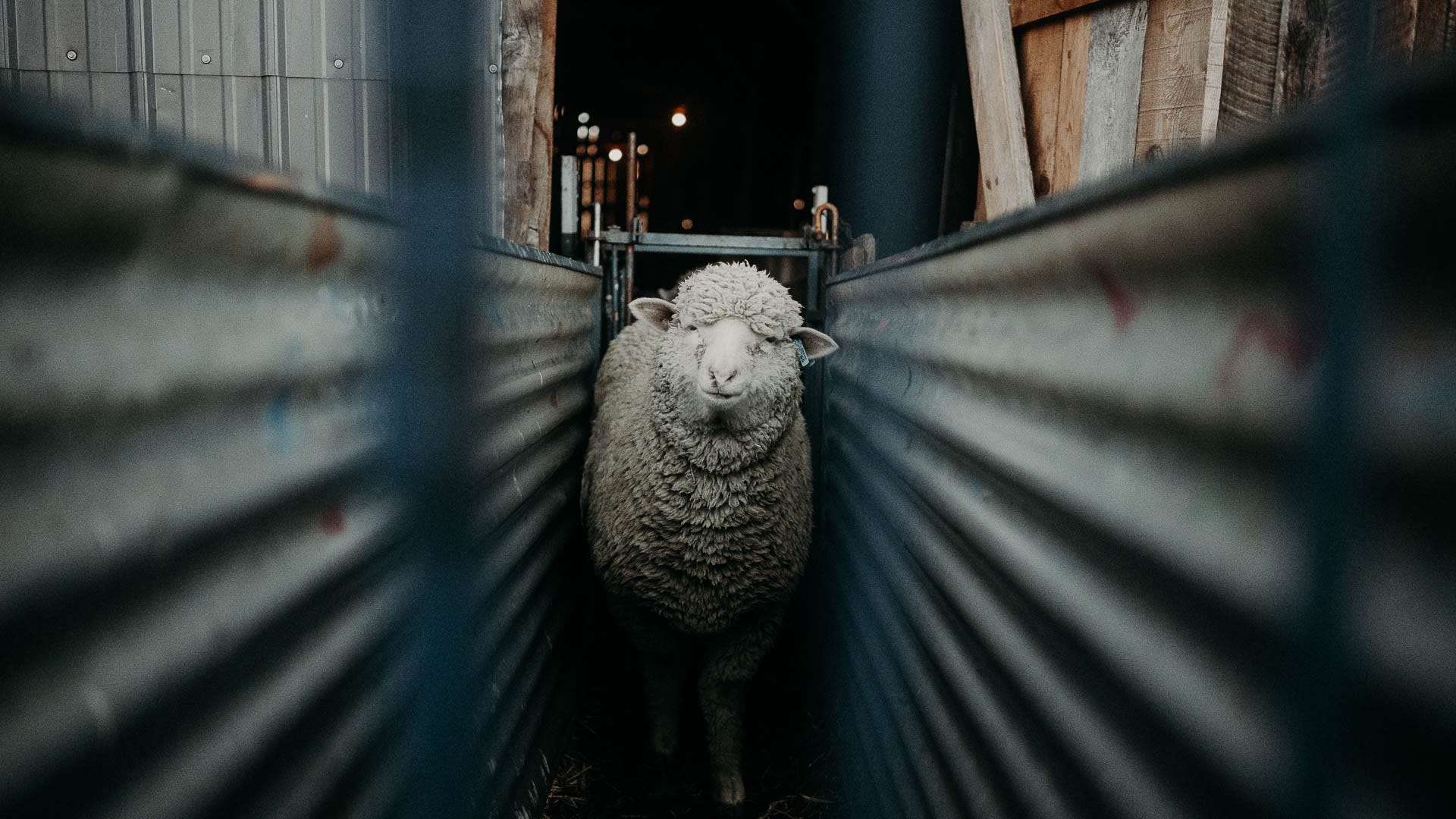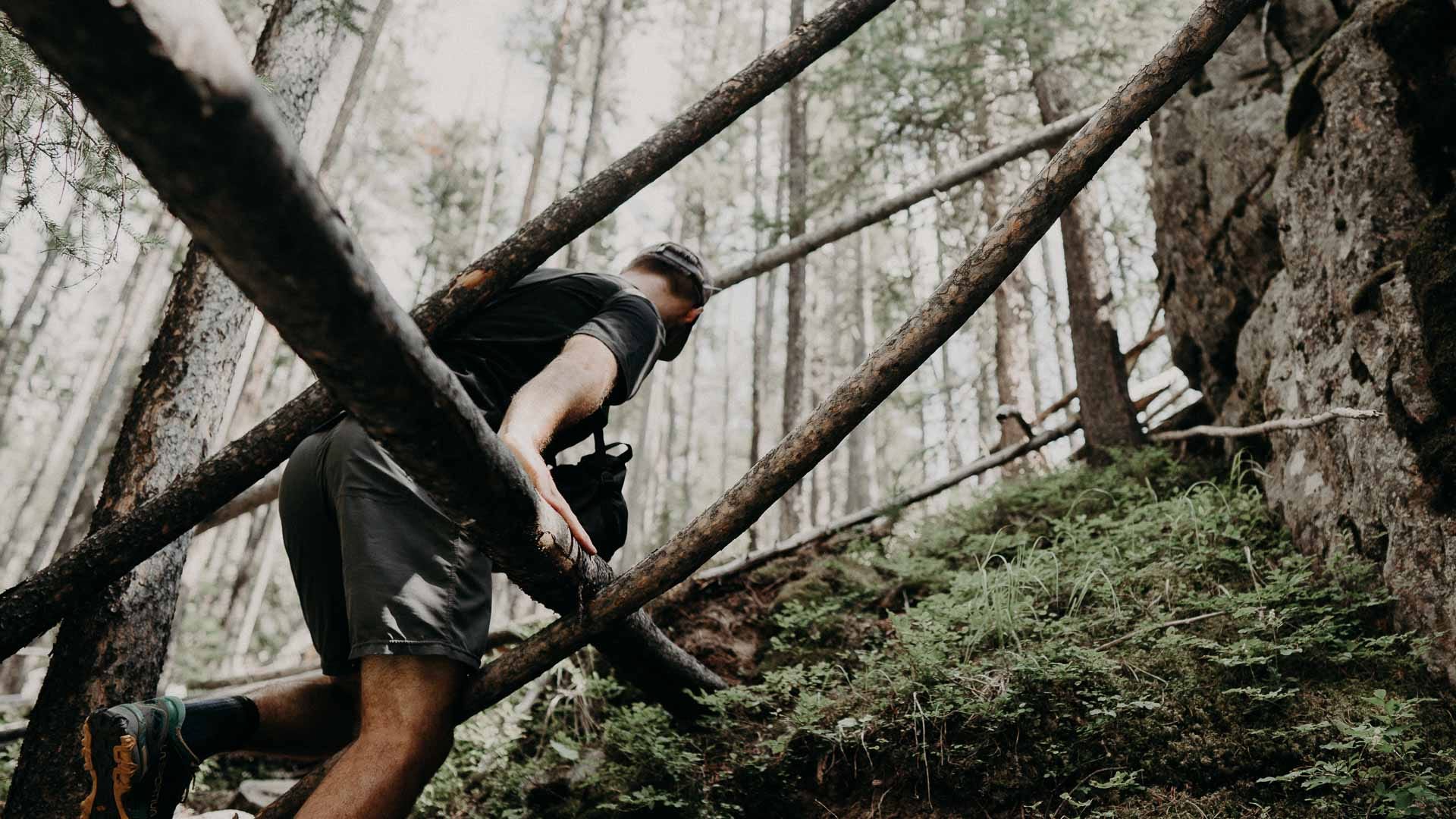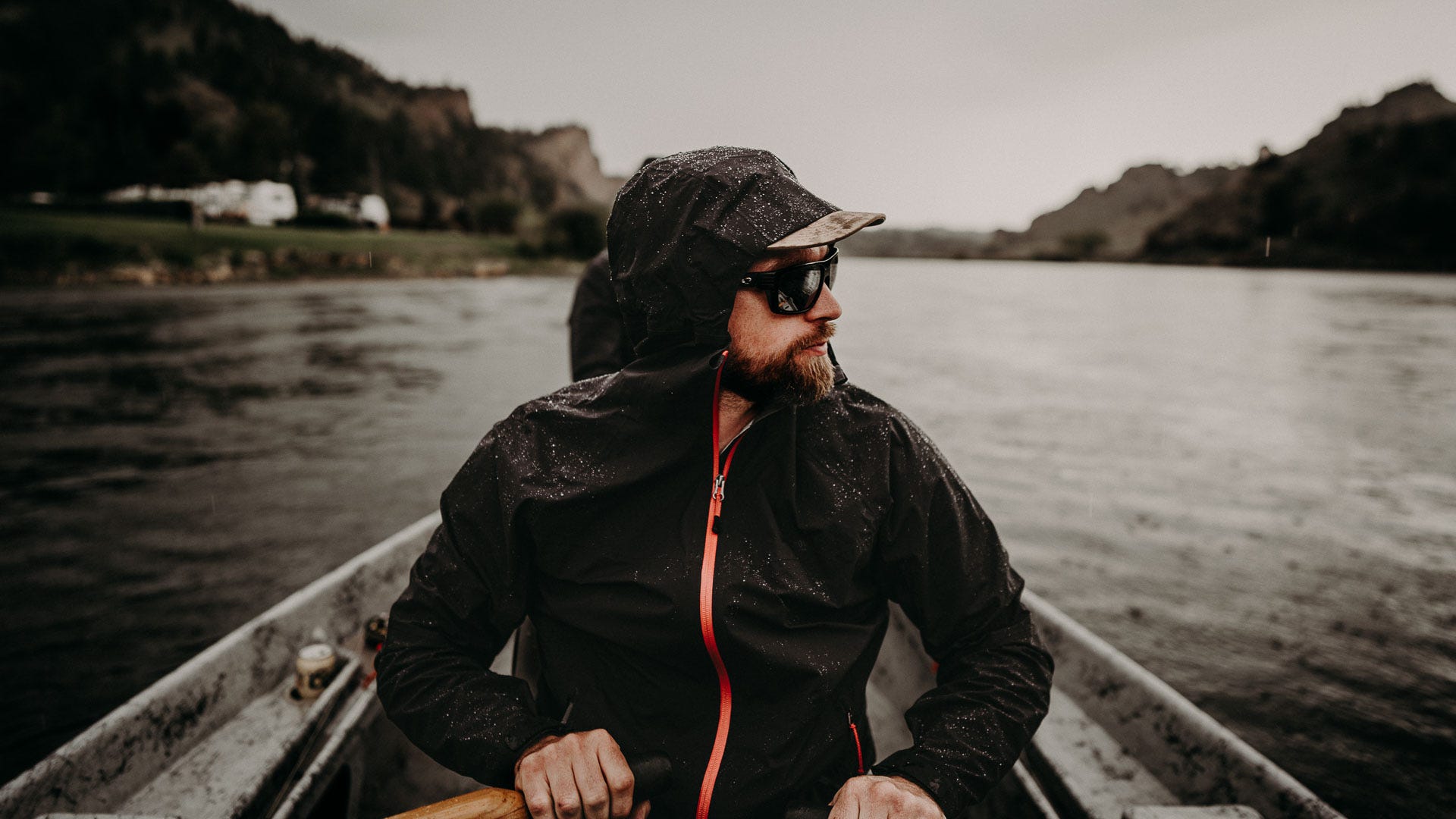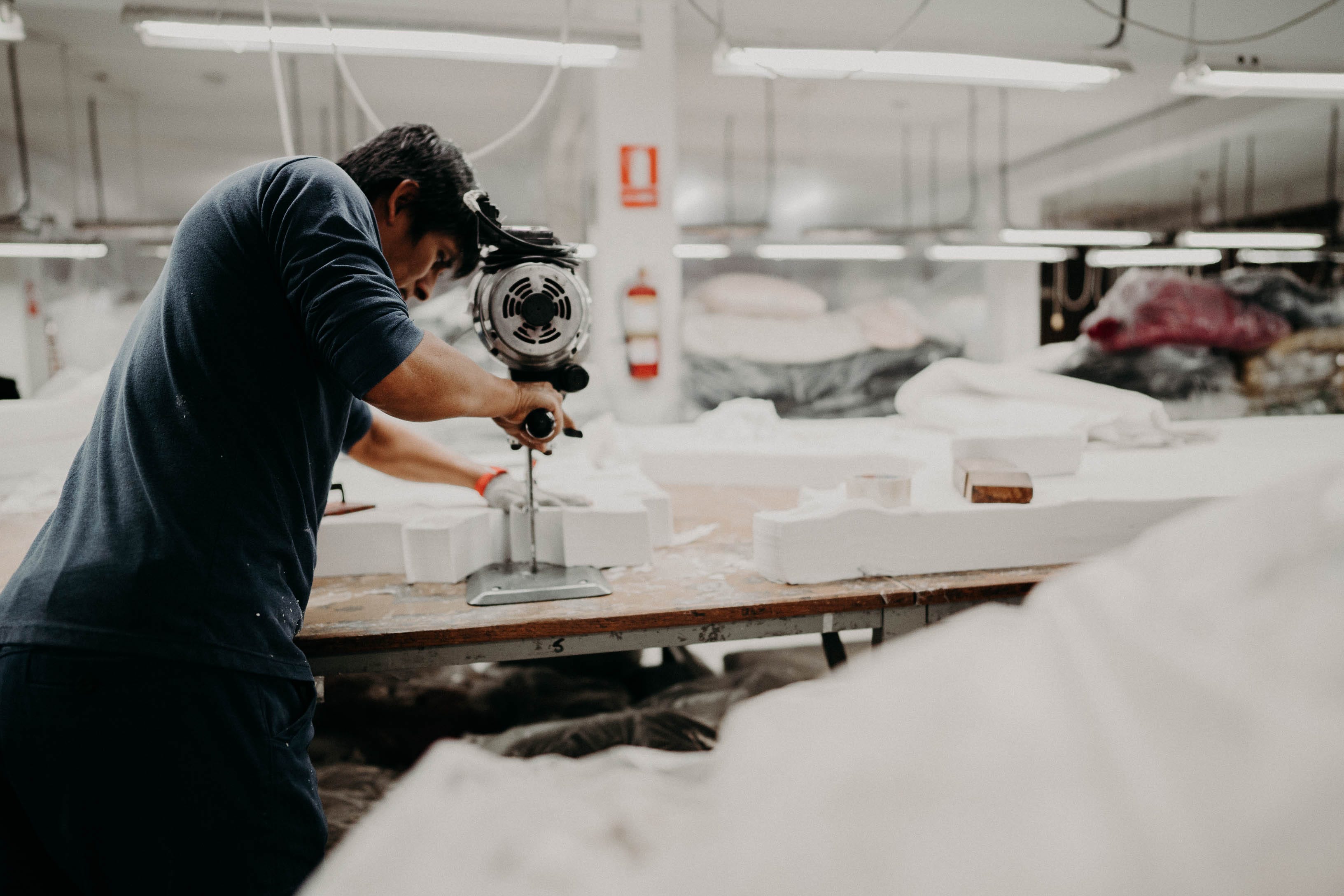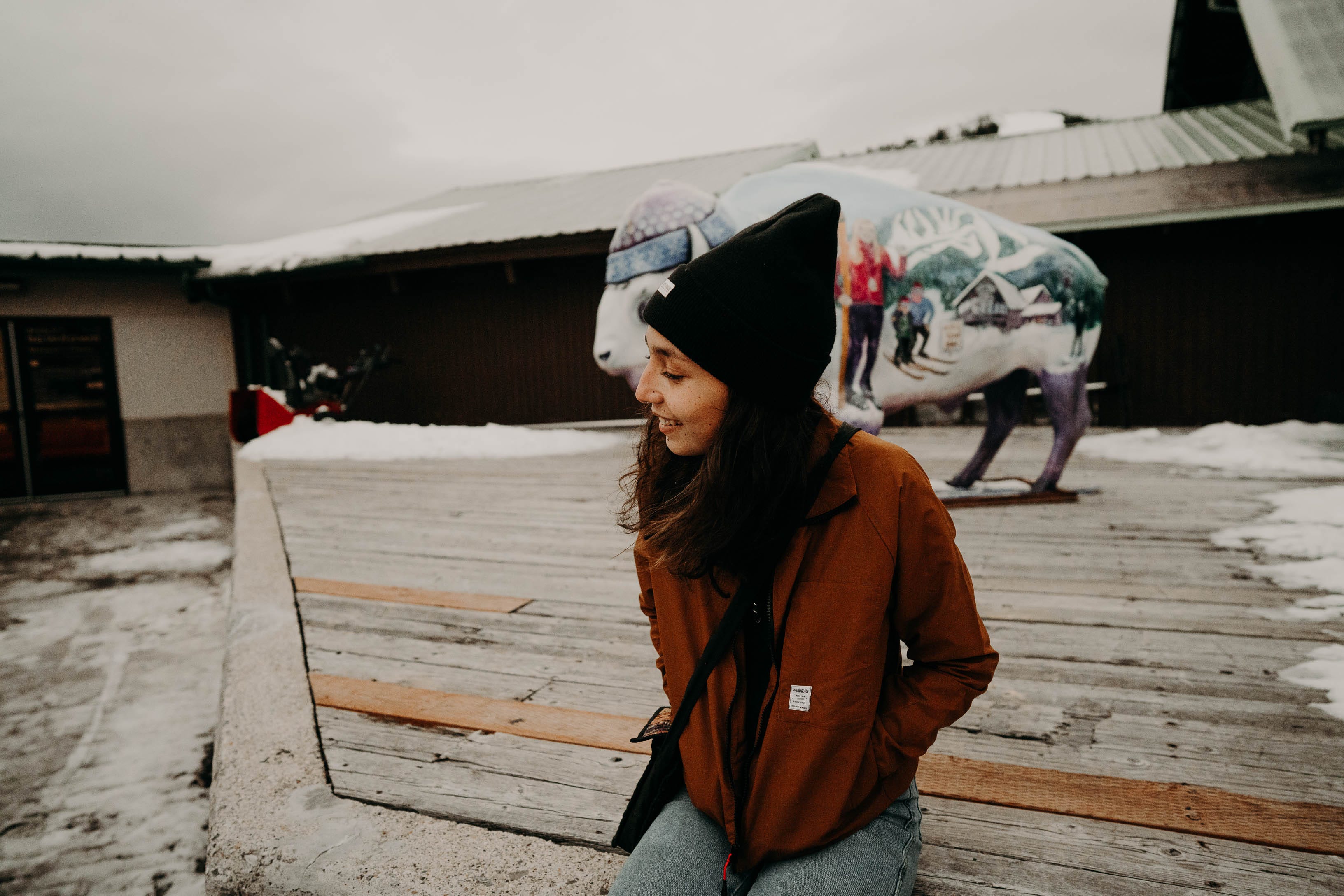DESIGN
Have you ever introduced two friends that you knew would hit it off? It is like seeing a blind date quickly turn into a happy partnership. This could describe the new way of combining wool and bamboo to make fabric, used in our SKOLTEC base layers. Customers report that they love this product and wonder why these two textiles work well together. Let’s dig in. Wool is a terrific material: it is environmentally friendly, thermoregulating (warm when you need it, cool when you don’t), and has a soft feel when it is a next-of-skin product like SKOLTEC base layer. Wool holds its shape well and lasts. Blending bamboo with wool is a more recent development in textiles and this combination has a good array of attributes.
Read more-
Categories: DESIGNPosted: March 12, 2024
The story of Italian wool is epic, filled with rich heritage, top-notch quality, and a style that never goes out of fashion. Its roots go way back, all the way to the beginning of civilization with the Etruscans laying the groundwork for those incredible fabrics that would shape fashion for centuries. From the fancy clothes of Renaissance nobility to the cozy knitwear we love today, Italian wool has always been a symbol of luxury, comfort, and timeless style.
Read more5 Min -
Categories: DESIGNPosted: May 31, 2023
Clothing you see at department stores and shops across the country is mostly made overseas thanks to economic forces of globalization. Globalization though, in our minds is not always a bad thing. Trade and technology have lifted many nations out of poverty. Food we grow here in the states, (Montana grows a lot of wheat) can be shipped all over the world.<br<br>And just to be up front. We are not black and white on this issue. Some might say all in the US or nothing. But for us, our goal of providing quality goods western amigos + amigas can afford, is not always feasible here in the States. We don’t want our customer spending their paycheck on a jacket, just so they can go back to work to pay for the pants next month. Sometimes it just costs too much to make it in the USA.
Read more5 Min -
Posted: January 27, 20235 Min
-
Posted: June 22, 2022
What are t-shirts usually made of? Polyester, wool, silk, or cotton to name a few, Usually though a combination of polyester and cotton. Polyester is plastic, often recycled from used water bottles. Our tees are made from 100% cotton, becasue we prefer natural fibers whenever possible, especially next to skin. Perhaps one of the most important thing to consider, when considering a tee shirt, is comfort. Comfort is never overrated. And when it comes down to comfort, there are a couple of factors to consider: breathability, hand feel, and fit.
Read more5 Min -
Posted: October 20, 2021
Goretex is a patented material, and one of the first materials of its time to be flexible, breathable and waterproof all at the same time. Before that people were either waxing their canvas or wearing plastic ponchos. Our 3-Layer SR3 Fabric (made in Japan) is based off the same principle, creating a fabric that not only keeps the water out, but breathes enough to keep you dry on the inside as well. We'll explain how our shell is different than a poncho, what a 3-layer shell means, and how a fabric is tested for waterproofness. Full disclaimer, our shells are not made from Gore-tex material, just like the tissues you buy from the supermarket might not be Kleenex (a brand). So if you are looking for Gore-tex products specifically, you might try looking at some of our competitors like Arc'teryx or Rab. Other brands like Mountain Hardware an...
Read more5 Min -
THE SEARCH FOR THE BEST COTTON IN THE WORLDWithin 15 minutes of landing in Lima Peru's international airport I was standing in the streets, with our design team members Orlando and Sonia. This was the beginning of our quest to find the best factory partner for building our line of Rogue + Pima tee shirts, tanks, and fleece products. Orlando and Sonia are veterans to the Lima game. They have been travelling to Lima for over 30 years with some of the biggest brands in the USA to help them develop the right relationships with factories in Peru. Orlando being Cuban and Sonia being Puerto Rican rendered my broken Spanish unnecessary. I have travelled to Latin America many times in the past, and went to school for a semester in Buenos Aires, Argentina. The air smells like Latin America. It’s slightly ...
Read more5 Min -
Categories: DESIGNPosted: January 22, 2021
WE HAVE BEEN MISLEAD ABOUT COTTON.Forever now we have been told that "cotton is bad," especially in the outdoor world. We are told that it doesn't dry out quick enough, doesn't "wick", and that it is environmentally unfriendly. If you have a background in the outdoor industry you may have heard the phrase "cotton kills". We believe that phrase is used severely out of context. One major misunderstanding is that there are many types of cotton. In our garments we use 2 types of cotton almost exclusively; Peruvian Pima and Tanguis cotton. The advantages of cotton in the outdoors are that it is healthier and non allergenic to wear, it absorbs water better than synthetic fibers which keeps you more comfortable, and it's also more breathable than synthetics (suprise) . Besides the technical reasons, we...
Read more5 Min -
NO, HIPSTERS DID NOT INVENT THE WATCH CAPAlthough the fact that it has been so heavily embraced by a new era of artisans and makers only adds to the timeless authenticity of this knit hat. The watch cap is just that, it’s a knit hat with a cuff that can be rolled up or down. It was traditionally made from wool yarns but now also out of acrylic and cotton. They can have a pom pom on top but the styles that are generally coined with the name “watch cap” generally do not.The term “watch cap” literally comes from members of the United States military who would “stand watch,” and the hat was such a symbol of that silhouette that we call the hat a “watch cap.”I think we can skip all the speculation from the 1500’s to 1800’s about how these hats came to be popular because most of...
Read more5 Min


